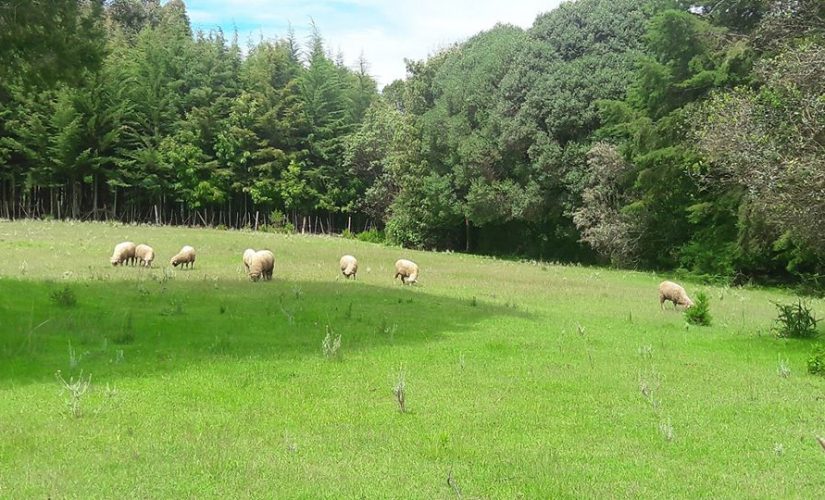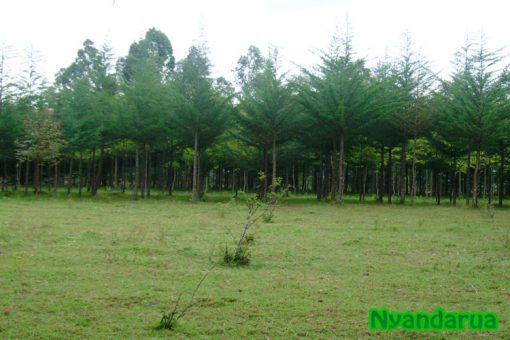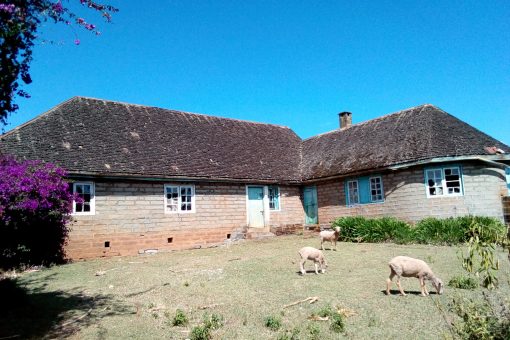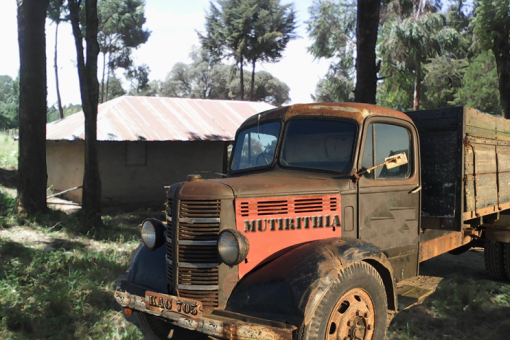The other butchery was owned by a Mr. Wambiga, a tall slim man whose family originated from Limuru. He specialized in goat meat. Goat meat was a delicacy and it was obviously more expensive than beef. Wambiga also specialized in Mutura (Sausage), Ndundiro (Tripe) and Thubu (Soup). Mutura was sold in segments of one inch, which was measured with a knife blade. The knife blade was rolled over to mark another segment and another depending on the customers order.
Wambiga was known for making the best soup in town. After his soup was boiled and ready, there was another final step to make it smooth and frothy. We did not have blenders or mixers back then. None of us had ever seen one, or even knew they existed. So, butchers blenders and mixers were improvised using locally available items. Wambiga’s was a square aluminum debe, the kind that was used for measuring produce in the market. On the top open side of the debe, Wambiga’s had a wooden piece affixed securely from one side of the debe to the other. That was the improvised handle that made the debe easy to handle.
The hot boiling soup was poured into this special debe. Wambiga whipped it around violently in the debe by making up and down twisty motions with his hand, repeating it a couple of times, without a drop of soup jumping out of the debe. The process was called Kubira Thubu. He was so good, it was amazing to watch him whip up the soup in his rhythmic motion, it was almost like a dance. The results were even more amazing. The blended soup was frothy and milky looking. We got to taste it whenever our mother decided to get some for us while we waited for our meat to be cut, weighed and wrapped. I can still taste Wambiga’s soup. It was so special.
Wambiga was from our Settlement Scheme, living with his family on his brothers’ farm, until he bought his own land at Kabuteni and moved his family there, ending the butchery business.




